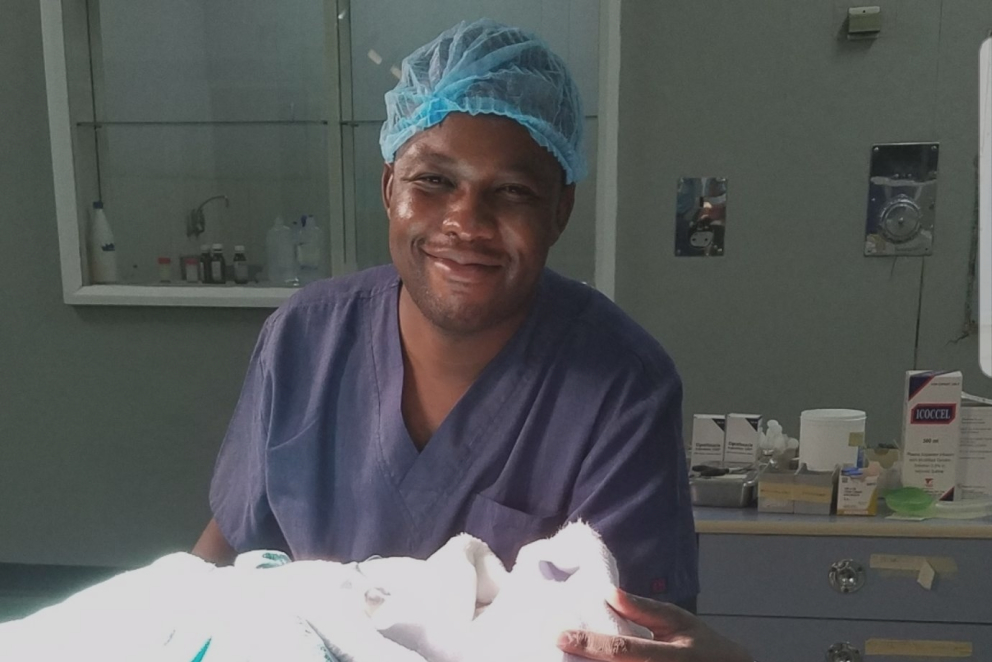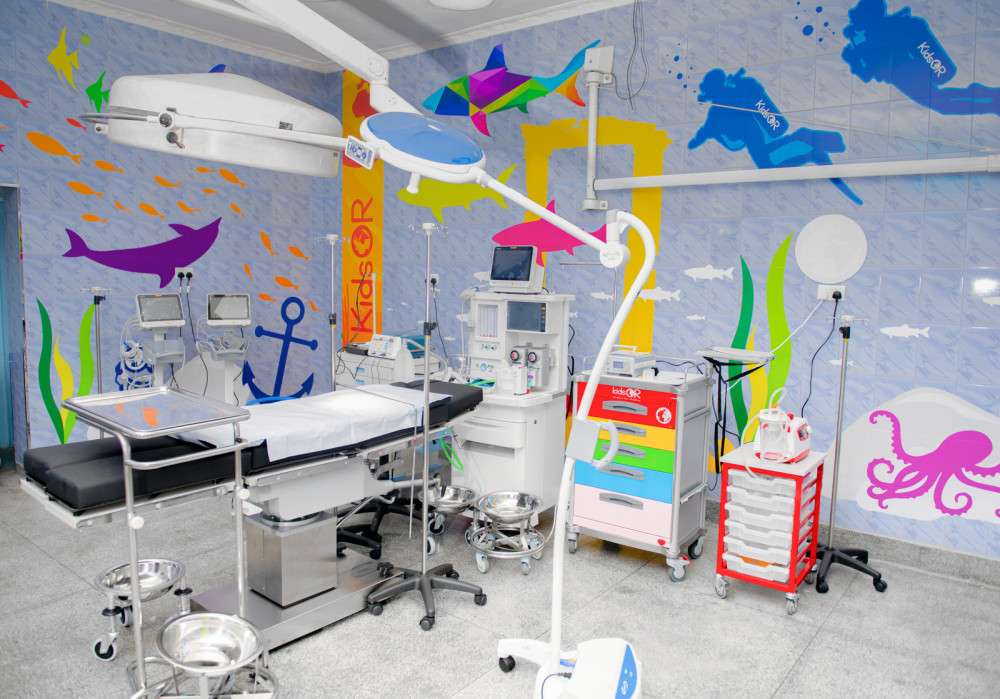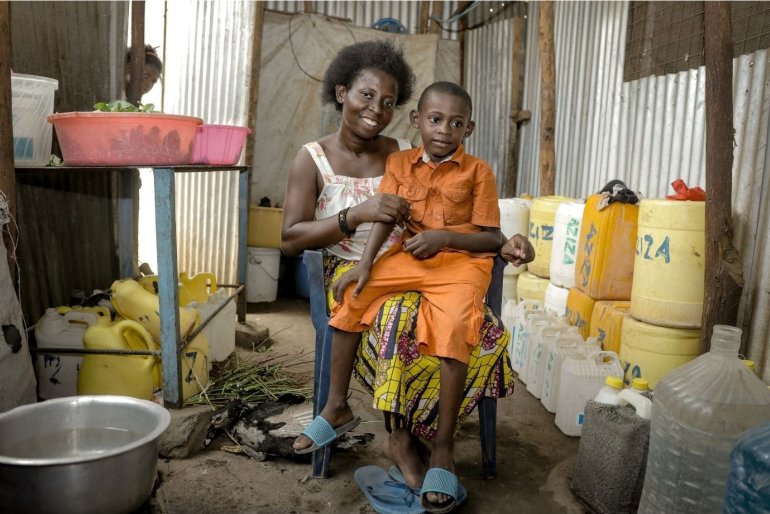
From using a phone flashlight to having state-of-the-art tools
When Dr Mulenga first contacted KidsOR to discuss what equipment the surgical team at Arthur Davison needed, we did not expect to hear the extent of the hospital's need. Arthur Davison Hospital had one Paediatric Surgeon and one General Surgeon serving half of the country –that's almost 10 million people; half of which are children. These patients come from all over the country, making ADH a high-volume hub for children’s surgery.
When Dr Mulenga joined the surgical team at ADH, he realised that the surgical theatres were ‘like a long and cold hall through which wind blew from one end and out through the other.’ Without a way to regulate temperatures, the surgical team needed to get creative.
“We employed methods to reduce body heat loss, such as covering the very sick child in cotton wool and plastic, leaving only the area to be operated on exposed. We also had to switch on a heater and place it near the children.”
This can have tragic consequences, especially for babies: “A significant number of neonatal patients died from effects of hypothermia. If the patient was small, there was no effective way to deliver this heat to their bodies in a manner that was safe for them and the surgical teams. Putting the heater near, at certain angles, would be too dangerous and putting the heater at moderate distance to the patient meant that the heat would either not reach them.”
We sometimes were forced to refer the patients to a different hospital more than 350km away.
During winter and raining season, the surgical teams would have to wait to operate in the middle of the day when temperatures were higher, or simply have to wait for days for favourable temperatures. Meanwhile, children were denied surgeries.
“We sometimes chose referral to the University Teaching Hospital more than 350km away for the safety of the patient. Either option meant a delay to safe surgery.”
But the regulation of temperature wasn’t the only challenge Dr Mulenga’s team was experiencing: “The surgical instruments and equipment were mostly old and worn out. We had no fine instruments for delicate surgeries. We had only one functional suction machine that had to be shared between the three theatres and recovery room. We had also faced the challenge of having no proper light source. We were using our phone lights to carry out some procedures, which made surgery difficult.”
We had also faced the challenge of having no proper light source. We were using our phone lights to carry out some procedures, which made surgery difficult.
This all changed when we installed three children’s Operating Rooms at Arthur Davison in October 2021. At KidsOR we know that having the right equipment to operate on children is paramount to their safety and chances of survival. Thanks to these new dedicated children’s theatres and the donation of surgical and anaesthetic equipment, more children will get access to the surgery they need and deserve.

The renovation will enable the team to have a controlled environment in terms of temperature as air conditioning has been installed, which means prevention of hypothermia and its effects. This will prevent unnecessary infant deaths.
“The new equipment will also mean safe surgery and anaesthesia for our patients and more motivation on the part of the surgical teams. It will mean better teaching as we will have improved safety and we won’t have to gamble between quick surgery – to prevent complications like hypothermia – and teaching time versus hands on experience for our surgical students.”
Thank you to Dr Mulenga for sharing his story with us. You can also read more about our recent 6 Operating Rooms installations in Zambia, our biggest one-off install to date.
The installation of the three Operating Rooms at University Teaching Hospital were done in partnership with Smile Train and The Scottish Government.


